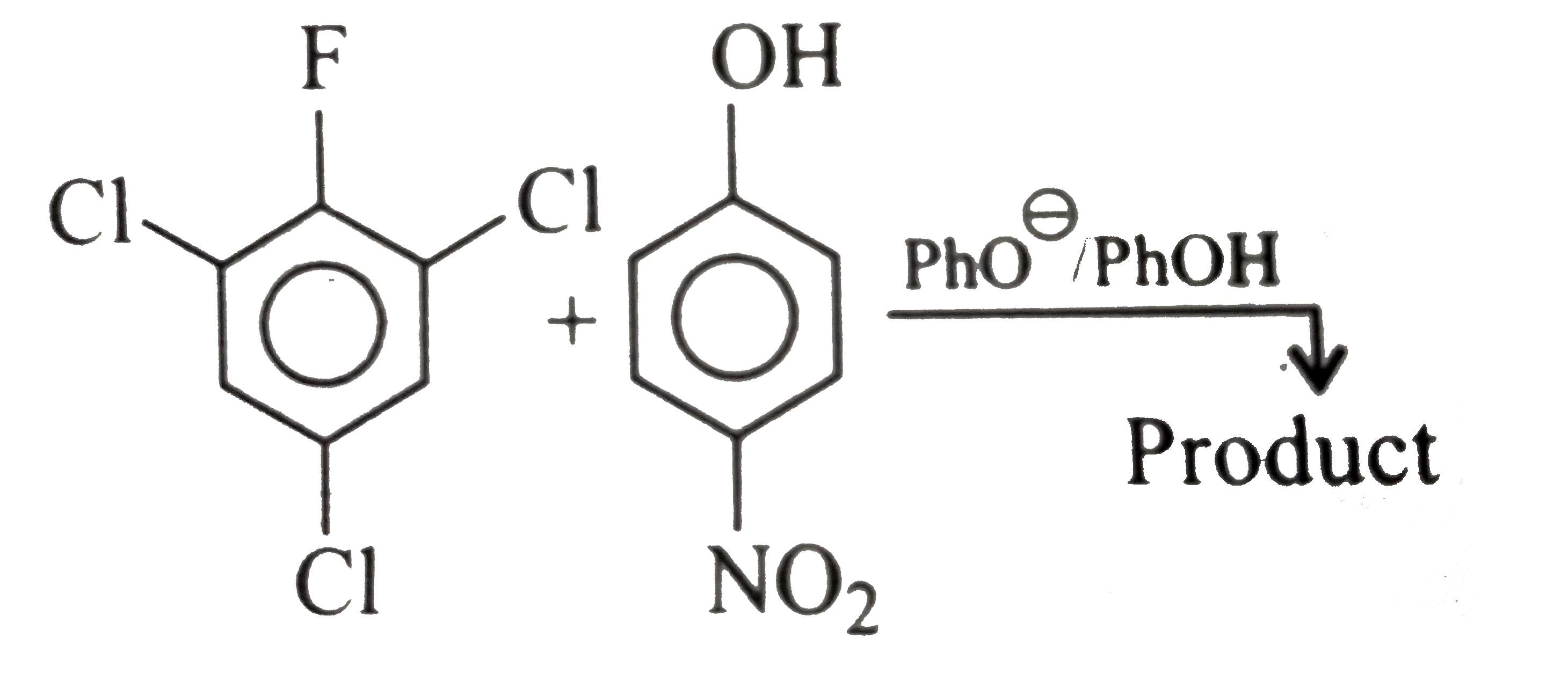Assertion : are isomers.
Reason : is a stronger ligand as compared to
If both assertion and reason are true and reason is the correct explanation of assertion.
If both assertion and reason are true but reason is not the correct explanation of assertion.
If assertion is true but reason is false.
If both assertion and reason are false.
The correct Answer is:C
To solve the question, we need to analyze the assertion and reason provided:
Assertion: Co(Hg(SCN)6) and Hg(Co(SCN)6) are isomers.
Reason: SCN− is a stronger ligand as compared to NCS−.
1. Understanding Isomerism:
- Isomerism in coordination compounds can occur in various forms, including structural isomerism and stereoisomerism. In this case, we are looking at structural isomerism, specifically ionization isomerism.
2. Identifying the Complexes:
- The complexes Co(Hg(SCN)6) and Hg(Co(SCN)6) have the same molecular formula but different structural arrangements.
- Co(Hg(SCN)6) indicates that cobalt is the central metal ion with a mercury complex, while Hg(Co(SCN)6) indicates that mercury is the central metal ion with a cobalt complex.
3. Determining Ionization Isomerism:
- Ionization isomers differ in the way ions are arranged in the complex. In this case, both complexes can dissociate to give different ions in solution, which confirms that they are indeed ionization isomers.
4. Conclusion on Assertion:
- Since both complexes are structurally different and can yield different ions in solution, the assertion that Co(Hg(SCN)6) and Hg(Co(SCN)6) are isomers is true.
5. Analyzing the Reason:
- The reason states that SCN− is a stronger ligand compared to NCS−. However, this statement is incorrect.
- In coordination chemistry, NCS− (isothiocyanate) is generally considered a stronger ligand than SCN− (thiocyanate) because NCS− binds through nitrogen, which is a better electron donor compared to sulfur in SCN−.
6. Conclusion on Reason:
- Therefore, the reason provided is false.
Final Answer:
- The assertion is true, but the reason is false.
Reason: SCN− is a stronger ligand as compared to NCS−.
- Isomerism in coordination compounds can occur in various forms, including structural isomerism and stereoisomerism. In this case, we are looking at structural isomerism, specifically ionization isomerism.
- The complexes Co(Hg(SCN)6) and Hg(Co(SCN)6) have the same molecular formula but different structural arrangements.
- Co(Hg(SCN)6) indicates that cobalt is the central metal ion with a mercury complex, while Hg(Co(SCN)6) indicates that mercury is the central metal ion with a cobalt complex.
- Ionization isomers differ in the way ions are arranged in the complex. In this case, both complexes can dissociate to give different ions in solution, which confirms that they are indeed ionization isomers.
- Since both complexes are structurally different and can yield different ions in solution, the assertion that Co(Hg(SCN)6) and Hg(Co(SCN)6) are isomers is true.
- The reason states that SCN− is a stronger ligand compared to NCS−. However, this statement is incorrect.
- In coordination chemistry, NCS− (isothiocyanate) is generally considered a stronger ligand than SCN− (thiocyanate) because NCS− binds through nitrogen, which is a better electron donor compared to sulfur in SCN−.
- Therefore, the reason provided is false.
- The assertion is true, but the reason is false.
Similar Questions
Knowledge Check
Assertion : Zn, Cd and Hg are not regarded as transition elements.
Reason : The electronic configurations of Zn, Cd and Hg are represented by the general formula(n−1)d10ns2.AIf both assertion and reason are true and reason is the correct explanation of assertion.BIf both assertion and reason are true and reason not is the correct explanation of assertion.CIf assertion is trun but reason is false.DIf both assertion and reason are false.Assertion : Phenol and benzoic acid can be distinguished by Na2CO3.
Reason : Benzoic acid is stronger acid than phenol, hence reacts with Na2CO3.AIf both assertion and reason are true and reason is the correct explanation of assertion.BIf both assertion and reason are true but reason is not the correct explanation of assertion.CIf assertion is true but reason is false.DIf both assertion and reason are false.
What is the IUPAC name of Hg[Co(SCN)4]?
View SolutionAssertion (A):

The product is:
Reason (R ): p−NO2−C6H4O− is a stronger nucleophile than PhO−.
View SolutionAssertion: Complex ion [Co(NH3)6]2+ is readily oxidized to [Co(NH3)6]3+
Reason: Unpaired electron in complex ion [Co(NH3)6]2+ is present in 4p orbital.
View SolutionSTATEMENT-1: CO is stronger ligand than CN−
STATEMENT-2: CO and CN− both show synergic bonding with metal .
STATEMENT-3: COandN2 are isoelectronic ligands but N2 is a weaker ligand than CO but stronger than NH3 .
View SolutionAssertion : CO2 gas stronger intermolecular forces than CH4
Reason : Critical temperature of CO2 is more.
View SolutionAssertion: Mercurous compounds are diamagnetic.
Reason: Two Hg⊕ species which have 6s1 configuration are bonded together using s-electrons.
View Solution
